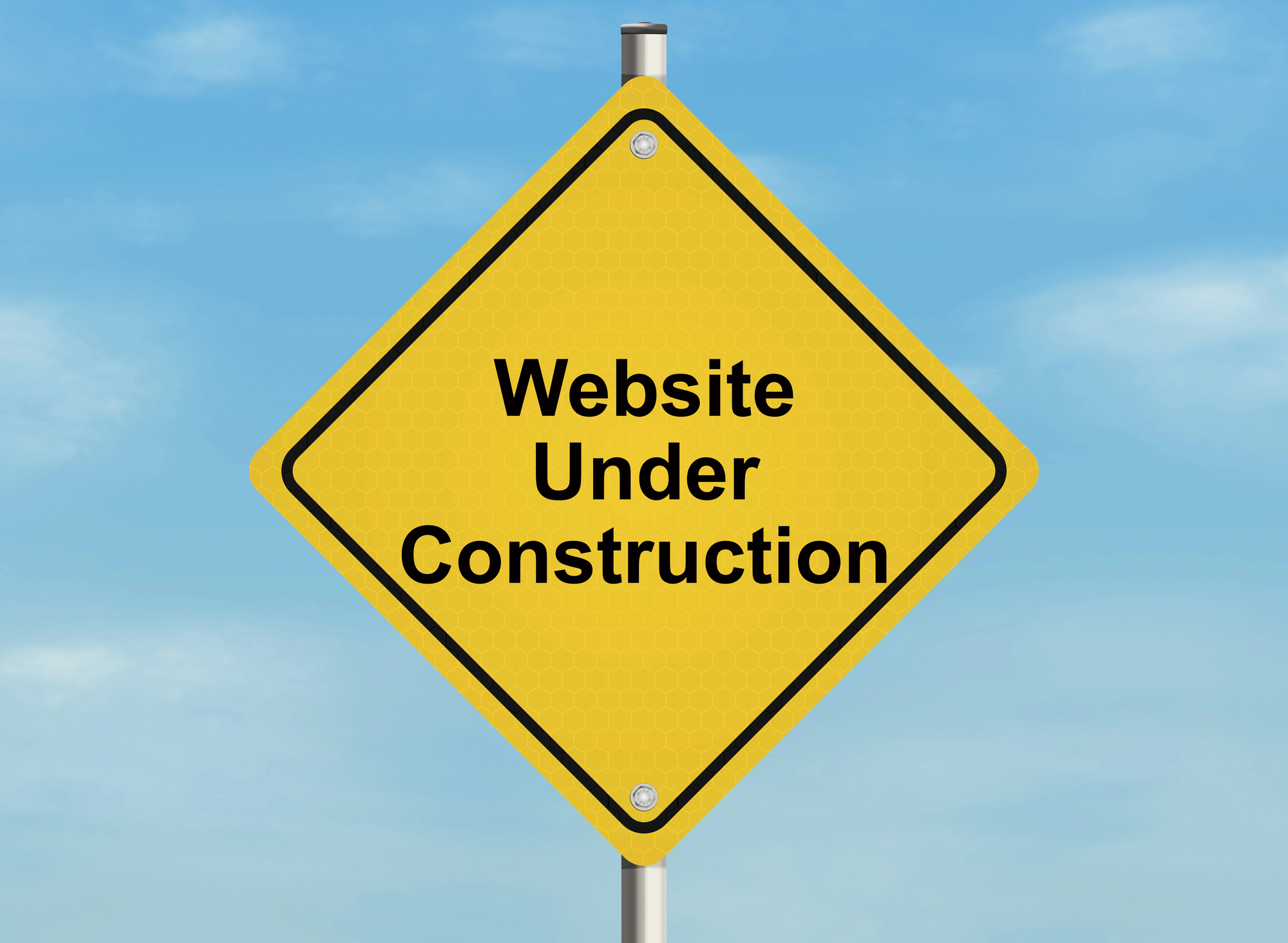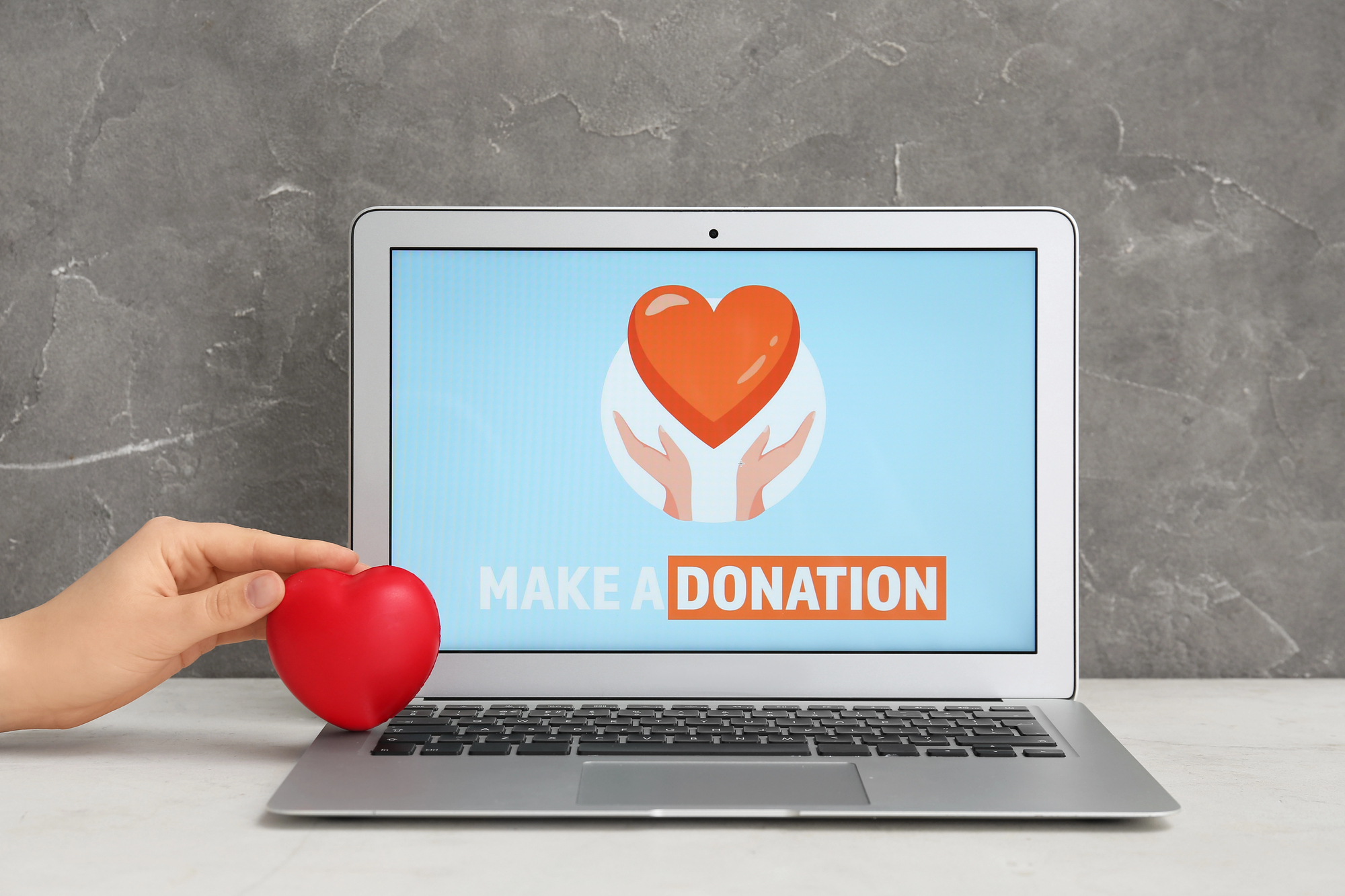These Are the Basic Elements You Need for Your Website Design
Designing a website can seem overwhelming, which is why sometimes it’s a good idea to leave it to the professionals at 904.Technology.
However, if you’d like to get a starting foundation for your new website, there are certain elements you need, and it doesn’t necessarily mean a lot.
To get you off on the right foot, we explain the 6 design basics that instantly give a drab website that fresh breath of life.
Visualize the Overall Layout
When you have a vision, that helps to get you going in the right direction towards other elements, such as color palette, fonts and formatting.
To find your inspiration, you might do some web browsing, visiting competitor websites to get a feel for their overall layouts and what you like or dislike. You don’t want to copy of course, but it’s a good way to jumpstart your creative side.
There are other things to keep in mind when brainstorming your design. Think about how it needs to feel for the visitor. This is important, because it takes less than a second for a visitor to land on a homepage and decide whether they want to stay or opt out.
Website designs need to be familiar, simple, intuitive, easy to navigate and fast to upload.
Choose Your Primary and Complimentary Colors
Next comes the fun part: choosing your website colors. This is one of the elements that visitors see and relate to when they first land on your site. To figure out the best colors, consider your customers expectations. For example, the demographics of the audience you’re targeting.
Parents of newborns typically expect soft, pastel colors while children expect bright colors.
Choose your primary color, and then a complimentary color. These will be used to pull attention to the important bits of content on your website, such as buttons, content sections, or interactive elements.
Typography/Fonts
Of course, fonts play a huge role in how your website looks, but don’t get too crazy. The key is to choose a font thaat’s simple and fresh.
Keep one font for text body and another for headings and subheadings. Make sure the colors contrast nicely with the background.
Navigation Menu
This is also highly important, because it’s what you want visitors to be able to locate right away. The navigation menu isn’t meant to be artistic, so right away you can say toodaloo to fancy fonts, hover effects, and multi-tiered subnavs.
Instead, keep it clean and simple. The hamburger design is a popular way to maximize space and organize menu items.
Content
A lot of times, business owners don’t think website content is important because “no one reads it anyway”. However, content plays a much larger role than just being there for light reading.
Content is one of the major ways to boost SEO rankings. Fresh, original content with keywords naturally incorporated into the text helps search engines find your pages and rank you higher on the search results.
Mobile Optimization
Last, but not least, you want to make sure your website design is optimized for mobile use. The majority of people are browsing and interacting via their smart devices, so it’s important to make your website easy to see on a small screen, with fast navigation and contact information.











